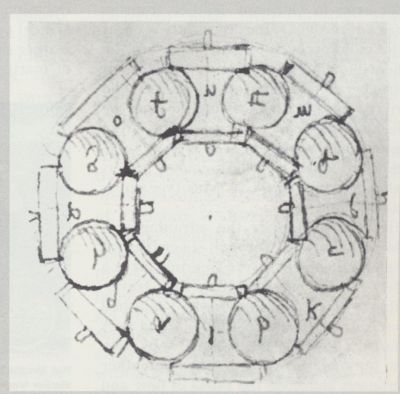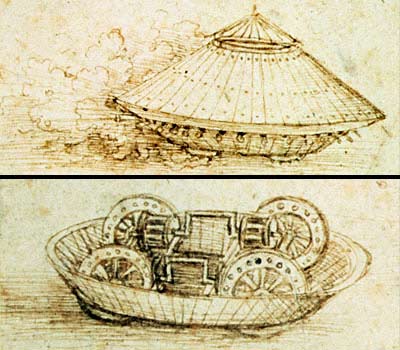The idea of using a rolling element to move heavy items dates back to ancient Egyptians, who used logs to roll stone blocks closer to Pyramid construction sites. The earliest Bearings were manufactured using Lignum Vitae, a very heavy, hard & natural oily wood, native to Central America and the West Indies. This wood's natural oil assisted the manufacturing process by acting as a cutting fluid. These Bearings found use in "wet" applications such as propeller driven vessels, water wheels, and pumps etc. Lubrication was done using tallow or other animal fats. The Industrial Revolution of 18th century brought about widespread usage of Iron in industrial processes. It also introduced steam engine as a practical source of power, and created a demand for new types of machinery, which in turn required specialized Bearings. These were the reasons that forced the industry then, to look for alternative materials to produce Bearings that could match performance requirements In the latter half of 19th century, Henry Bessemer developed a new Steel making process, which was more economical. As a result, this period saw a greater reliance on Steel as a raw material for production of better quality Bearings. The 201h century has been witness to a Bearings' Revolution, which was brought about by modern day inventions, such as motorcars, domestic appliances, agricultural & Industrial machinery, robotics and computers, etc. Bearing industry has kept pace by adapting new technology and materials, to produce more precise, durable, and specialized Bearings.

 History of Bearing
History of Bearing
